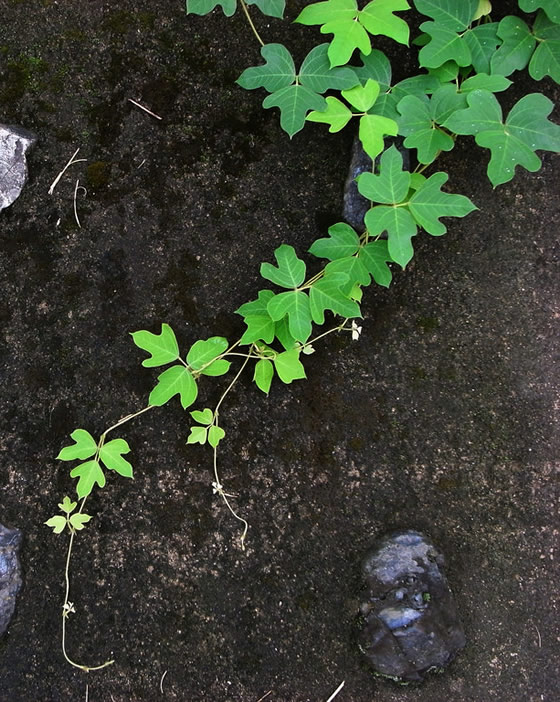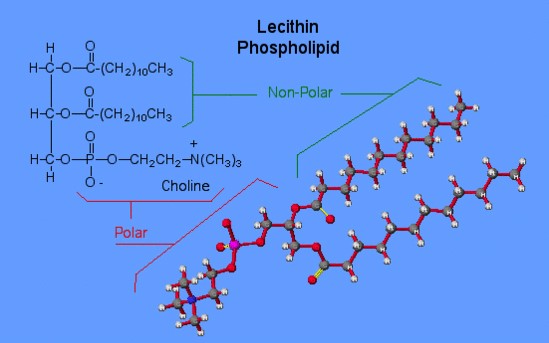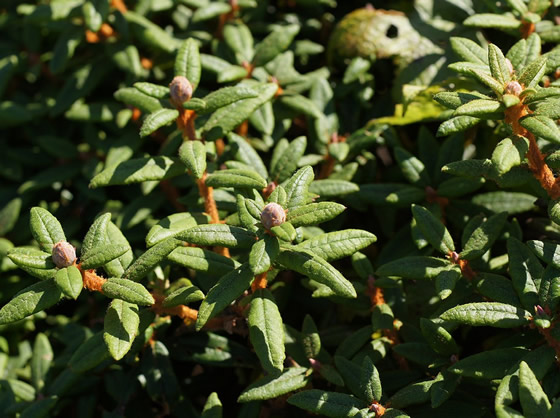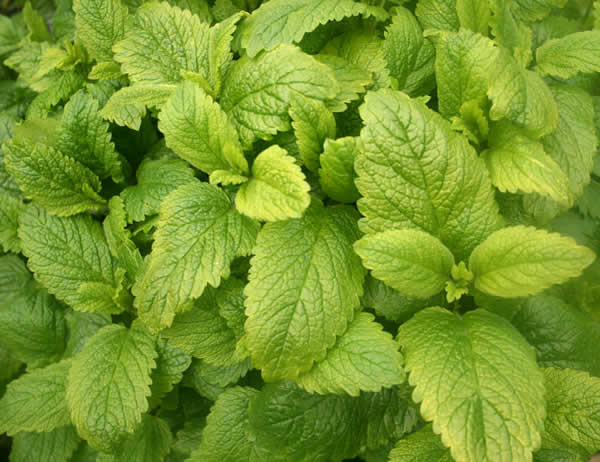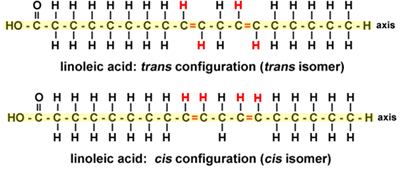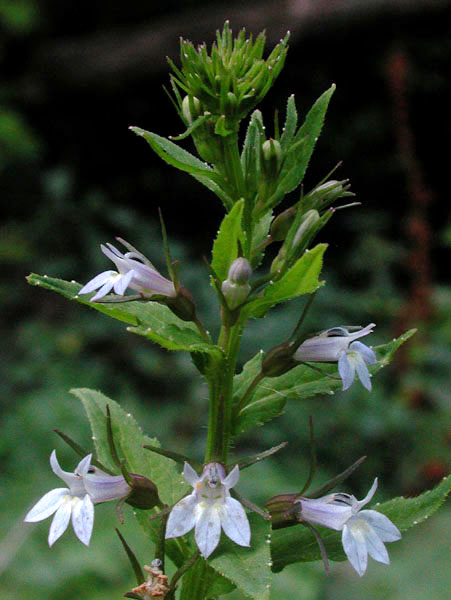 |
| Kelley-Gonzalez diet |
The Kelley-Gonzalez diet consists of large amounts of raw fruits, juices, raw and steamed vegetables, cereals, and nuts. When combined with massive quantities of dietary supplements and freeze-dried pancreatic enzymes, together with a “detoxification” process involving coffee enemas, it is said to slow the growth of cancer tumors.
Origins
The Kelley-Gonzalez regimen is based on a belief that enzymes from the pancreas are capable, like chemotherapy, of killing cancer cells. The use of pancreatic enzymes to treat cancer was first proposed in 1906 by John Beard, a Scottish embryologist. This idea received some attention at the time but was largely abandoned after Beard died in 1923.
During the 1960s, the concept was resurrected by William Donald Kelley, a controversial dentist from Grapevine, Texas. Kelley wrote a book titled One Answer to Cancer that outlined his five-pronged approach:
- Nutritional therapy: Beef pancreatic enzymes combined with numerous other dietary supplements.
- Diet: A carefully individualized diet, ranging all the way from vegetarian to all-meat.
- Detoxification: As few as three or as many as 52 weeks of enemas and laxative purging.
- Neurological stimulation: Various manipulations including chiropractic, osteopathic, mandibular, and physiotherapeutic.
- Spiritual therapy: Prayer and Bible reading.








